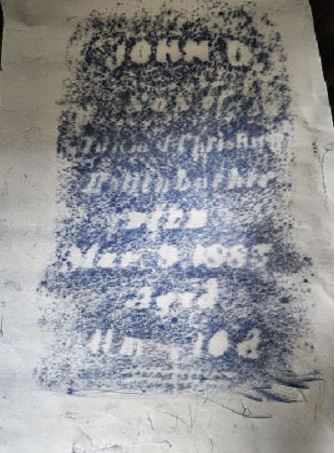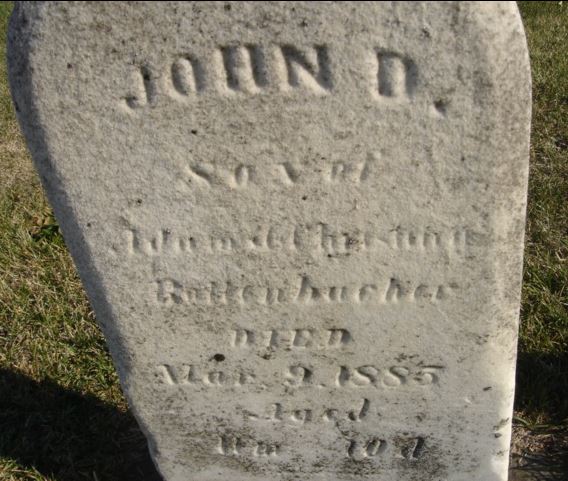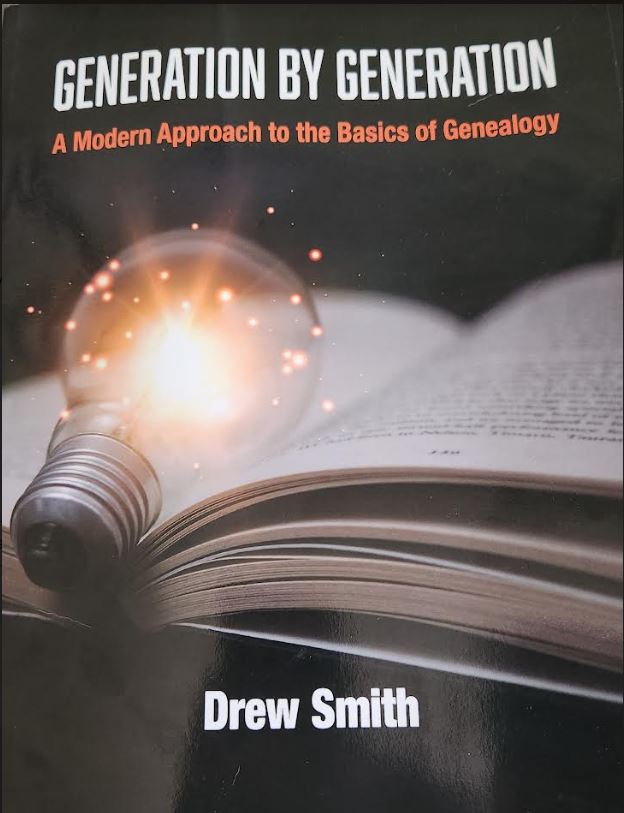
Last week I blogged about two gravestone preservation products I recently tried. After cleaning the stone I thought was for my third great grandfather, John Duer, I still couldn’t read more engravings on the stone than I had before I cleaned it.
The next step was to use the rubbing paper I had purchased and this is what I uncovered:

Still largely unreadable but I had a complete death date and age – 11 m 10 d. This was a tombstone for an infant and not my 3rd ggrandfather. Sigh.
The tombstone did have a memorial on Findagrave and by using the death date and the cemetery, I was able to read what I could not from the rubbing:

My goodness, has the tombstone deteriorated since 2008!
I’m glad to know the stone was saved on Findagrave before it became unreadable. You may have to use the technique I just described while visiting a cemetery and locating a stone you can’t decipher.
The question remains, Where is John Duer buried? Both of his wives are buried in Kessler as are some of his children. According to a text in the Allen County Public Library he was buried in row 15 but when the information was recorded, about 1987, the rest of the stone was unreadable. Kessler Cemetery’s records are incomplete and does not show him buried there.
One of my adult children who accompanied me pointed out that all of the older Duer adult stones on the south side have the same shape so we began looking for stones that matched but found none that said John Duer.
According to the 1987 book, he once had a stone but there was no description or picture of it. Perhaps it was a different John Duer as that name is used in each generation by everyone having children. Perhaps it was my John Duer and the stone was somehow destroyed between 1987 and 2007 when the Findagrave photos began to be taken. Perhaps he was never buried there.
All I know is that I’m back to square one! I went on Findagrave, removed the photo I had attributed to him, and left an explanation as to why.
The hunt continues.



